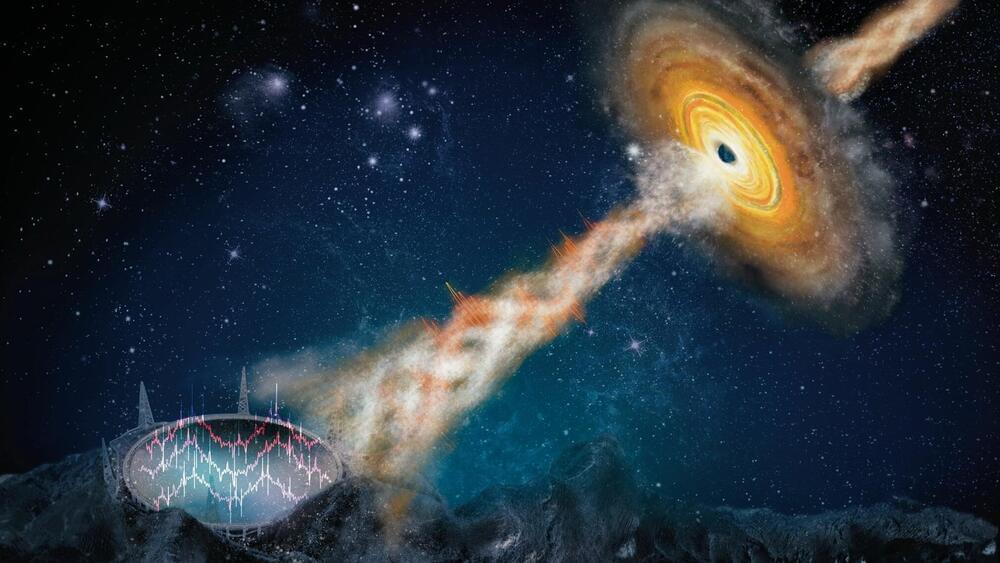Black holes are the most mysterious objects in the universe, with features that sound like they come straight from a sci-fi movie.
Stellar-mass black holes with masses of roughly 10 suns, for example, reveal their existence by eating materials from their companion stars. And in some instances, supermassive black holes accumulate at the center of some galaxies to form bright compact regions known as quasars with masses equal to millions to billions of our sun. A subset of accreting stellar-mass black holes that can launch jets of highly magnetized plasma are called microquasars.
An international team of scientists, including UNLV astrophysicist Bing Zhang, reports in Nature on a dedicated observational campaign on the galactic microquasar dubbed GRS 1915+105. The team revealed features of a microquasar system that have never before been seen.
